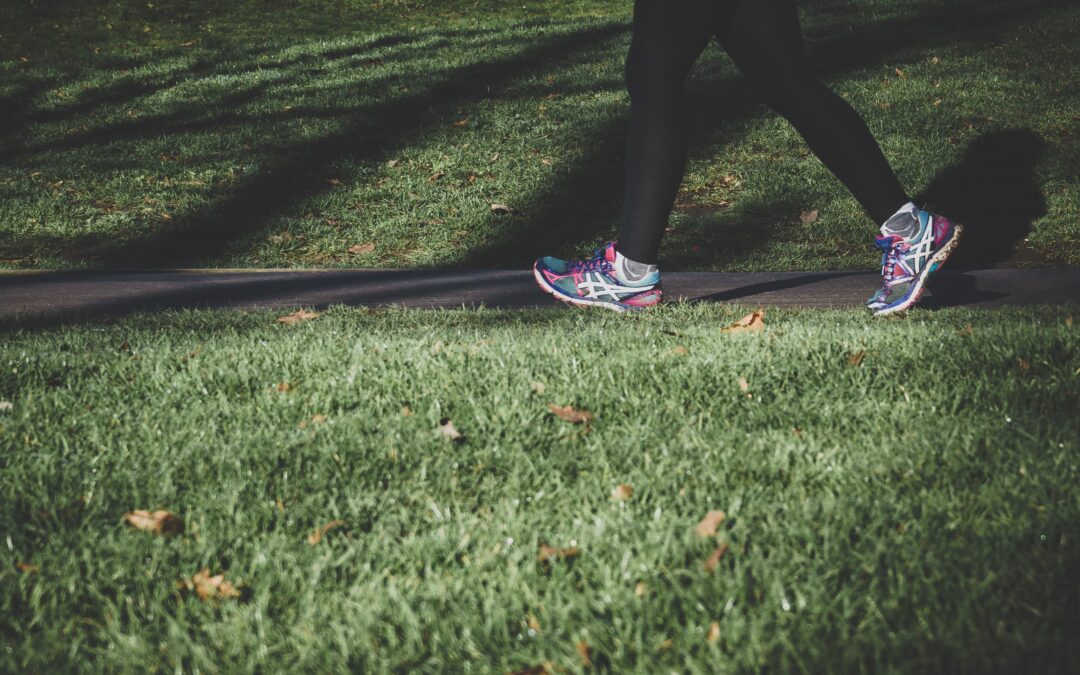Let’s Get Physical
By Debbie Hommel, ACC/MC/EDU, CTRS
I  am a firm believer in the old adage “If you don’t use it, you lose it” and nothing is closer to the truth when discussing physical wellbeing and health. Our bodies are made to be active and inactivity can provoke physical decline and cause existing conditions to worsen. Muscle atrophy can contribute to increased incidents of injury; a weakened immune system makes the individual prone to infections; and a variety of other diseases are associated with a sedentary lifestyle.
am a firm believer in the old adage “If you don’t use it, you lose it” and nothing is closer to the truth when discussing physical wellbeing and health. Our bodies are made to be active and inactivity can provoke physical decline and cause existing conditions to worsen. Muscle atrophy can contribute to increased incidents of injury; a weakened immune system makes the individual prone to infections; and a variety of other diseases are associated with a sedentary lifestyle.
The older person may not be interested in “exercise”, saying they are too old, too tired, too achy or just plain not interested. They may agree to come to the program but then do not participate. How does the activity professional generate interest in exercise and movement programs?
Music- The right music can change the mood of a room in an instant. People sit taller, feet start tapping and hands start moving. Finding the right music is an experiment. We should not fall into the “what is appropriate for the elderly” trap and play Mitch Miller and Big Band every day. Music from the 60’s, 70s 80’s and today can be appropriate if used in the right manner. For exercise music, we are looking for the right beat – not too fast and not too slow. Try the music once and if the residents respond well, then you have appropriate music.
Props – People tend to move more when they have things in their hands to wave around. Feather dusters, scarves, dowels with ribbon to match the season, dry cleaner tubes (from the pants and sweater hangers) decorated with ribbons and glitz, and any number of shaker type things you can find at the dollar store will work. The props can be introduced seasonally, using colors and shapes associated with a theme, to add to the program.
Balloons – If there are no latex allergies or balloon phobias in the room, these work great as exercise props. Holding the balloon with two hands and doing various movements, or using the balloon as a prop is very visual for the group. Placing the balloon on the floor and having the resident put their foot on it and move it around is good leg exercises. There are a lot of creative movements using the balloon.
Imagery – Creating exercises which mimic familiar movements is fun and motivating. It is effective to coordinate them with seasonal events such as autumn. Demonstrate movements associated with autumn actions such as fall cleaning, raking leaves, making apple pie and similar tasks.
Take turns – Involve the residents in leading the exercise group. Have each person do a movement of their choice and the rest follow suit. Have one resident be the leader for the day and lead the whole group.
Call it something else. When most people hear “exercise”, they groan and start thinking of ways to get out of the program. Calling the program an alternate name sometimes prevents that initial reaction. Senorcise, Sittercise, Stretch and Sway, Movement and Music, Flexercise, Get Fit while you Sit, Nice-N-Easy, Afternoon Stretch, Let’s Get Physical, and Vitality Group are some ideas. Naming the group after the activity person is another approach such as “Debbie’s Dance Steps” or “Jumping with Joe”.
Sneak physical movement into daily programs – There are countless active games and props which can be found in catalogs and on-line. Textured balls, tossing games, target games, and games from the past are often popular with the right equipment. Changing the equipment for the holidays is an interesting approach. For example, during March – the tossing activity can be tossing gold coins into a pot of gold. When arranging supplies and materials on the table, set them a little bit away from the resident so they have to reach – as this is exercise.
Wii – Virtual sports has been met with mixed results in long term care communities. It seems the more able person can participate, which provides great exercise opportunities.
Conductorcise – This is an interesting exercise program founded by David Dworkin, orchestra conductor. He has combined his love of music with conducting movements into an exhilarating exercise program.
Yomenco is another specialized dance movement group designed for the elderly in long term care facilities. It is a motivational combination of yoga therapy, Tai-chi, dance therapy, music therapy, humor therapy, meditation and self-love.
“You have to work at living, because dying is easy.”
Jack LaLanne

